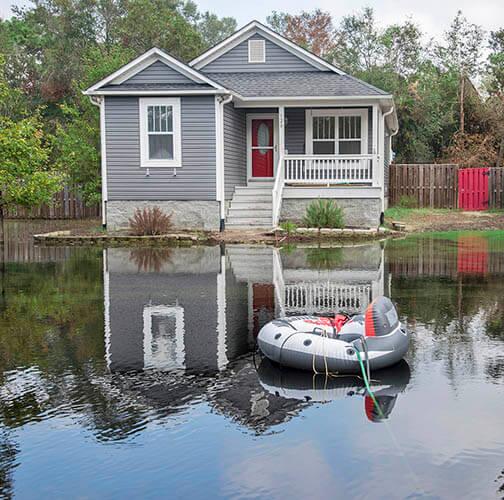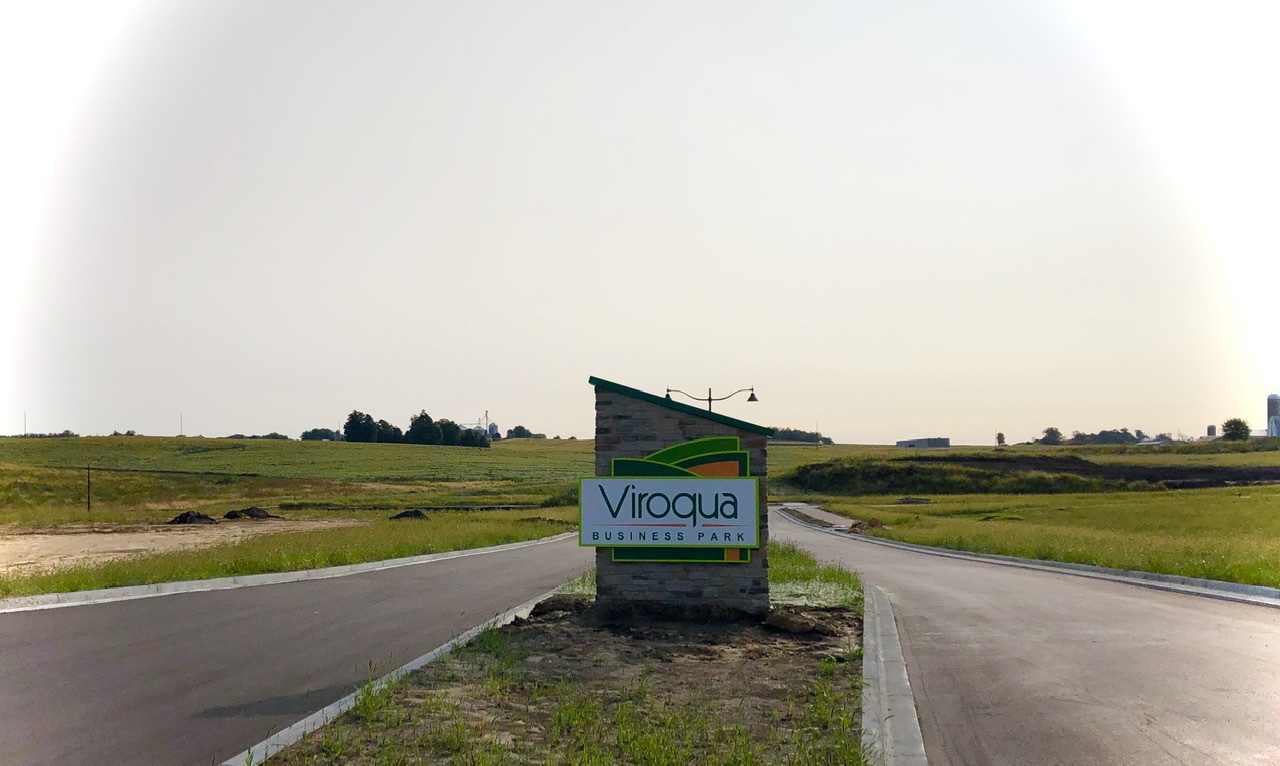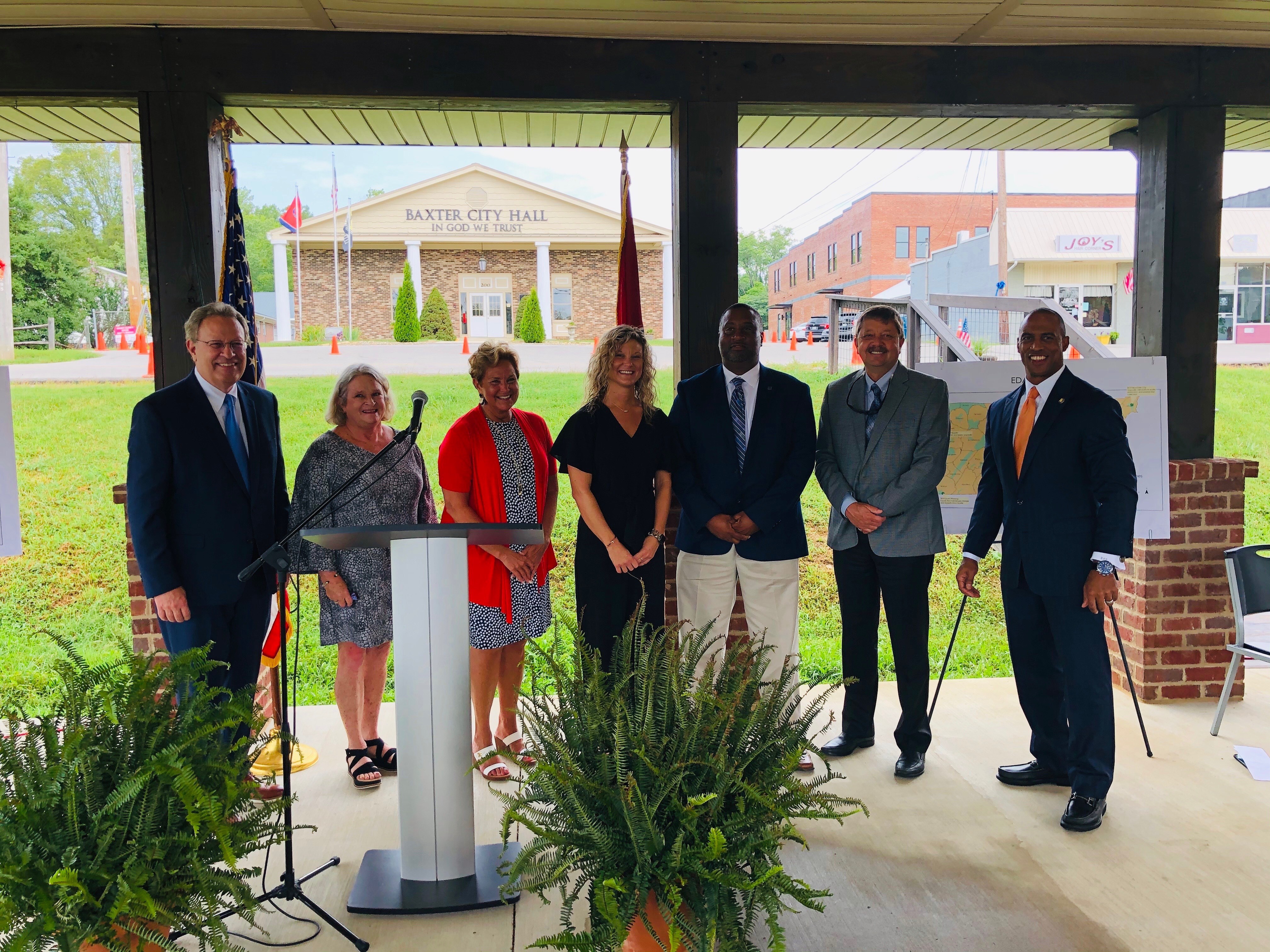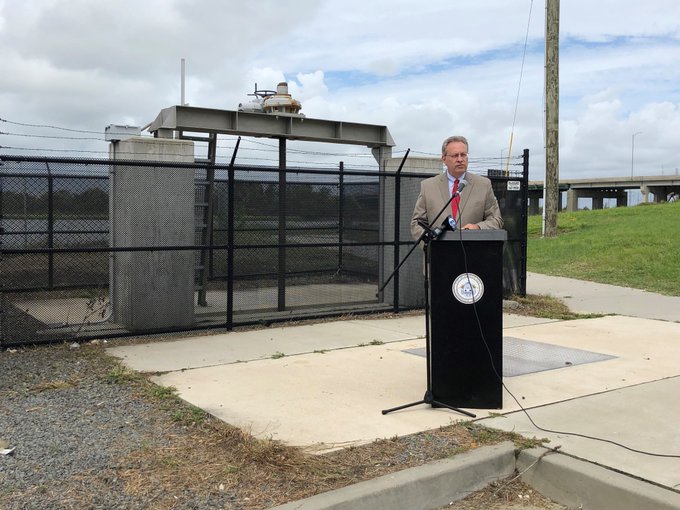
September 2020
In This Issue
Spotlight: EDA Investments Advance Economic Recovery in American Communities Impacted by Natural Disasters Flooding after hurricane in North Carolina
EDA has a long history of supporting locally-led disaster recovery and resiliency efforts. On behalf of the U.S. Department of Commerce, EDA leads the Economic Recovery Support Function (PDF) under the Federal Government’s National Disaster Recovery Framework. In this role, EDA facilitates the effective delivery of federal economic development assistance to support long-term economic recovery planning and project implementation in communities across the nation. EDA is uniquely positioned to coordinate regional disaster recovery efforts in partnership with its extensive network of Economic Development Districts, University Centers, and other state and local partners in disaster-impacted areas. On February 9, 2018, President Trump signed the Bipartisan Budget Act of 2018 (PL 115-123) into law allowing Congress to appropriate $600 million to EDA to assist communities impacted by natural disasters. Of the $600 million, EDA made $587 million in supplemental appropriations available for grants to assist communities experiencing economic distress or harm resulting from Hurricanes Harvey, Irma, and Maria, wildfires and other calendar year 2017 natural disasters under the Stafford Act. As of July 31, 2020, EDA has invested $524,556,123 in projects across the United States to help communities recover from natural disasters that occurred in calendar year 2017. In June 2019, Congress passed the Additional Supplemental Appropriations for Disaster Relief Act, 2019 providing EDA with $600 million in additional Economic Adjustment Assistance (EAA) Program funds to aid communities with flood mitigation, disaster relief, long-term recovery, and restoration of infrastructure in areas impacted by Hurricanes Florence, Michael, Lane, and of wildfires, volcanic eruptions, earthquakes, and other natural disasters occurring in calendar year 2018, and tornadoes and floods that occurred in calendar year 2019. EDA continues to work diligently to disburse these funds into the hands of impacted communities to help them recover and strengthen their economic resiliency. EDA investments in disaster recovery and resiliency planning, infrastructure, disaster recovery coordinators, and technical assistance are all critical to advancing locally-driven economic development strategies designed to accelerate economic recovery. For more on EDA’s disaster recovery and resiliency role, please visit our EDA and Disaster Recovery web page. Success Story: EDA Investment Advances Locally-Driven Strategy to Establish Flood-Resilient Business Sites in Viroqua, Wisconsin Viroqua Business Park site
The new Viroqua Business District is nearly complete and an agreement was finalized in August to welcome its first new business. The business district, located in Viroqua in western Wisconsin’s Vernon County, offers “shovel-ready” development sites for light industrial, commercial retail and commercial non-retail businesses. The project received a $2.6 million EDA grant in April 2019 to help the city develop business sites that would be more resilient to natural disasters, with a focus on flood prevention. The grant was matched with $660,000 in local funds. Devasting storms over the past several years in Vernon County caused severe flooding, sewer system overflows, and millions of dollars in property damage. The storms also hit the local economy. In July 2017, a combination of heavy rainfall and 50-mph winds caused flash flooding, road washouts, power outages and disruption to business operations. The flooding led to a federal disaster declaration, which made funding available from the EDA. In August 2018, the county was hit hard again with two large flood events, causing $25 million damage to public infrastructure and damaging 90 businesses. As part of an effort to mitigate the impact of future floods, the Viroqua Business District has been relocated above the flood plain. “This really was a partnership,” said Nate Torres, Viroqua city administrator. “Vernon County and the City of Viroqua saw the potential to work together to create an industrial park where we could offer a more resilient place for businesses. A key goal for us is to create business sites for future expansion, especially for local businesses. We are also looking to attract businesses looking statewide for a resilient building option.” EDA’s investment provided road, lighting, sewer, water, and utility infrastructure, as well as grading of the very hilly land in Viroqua. The business district was created from 50 acres of county farmland. The investment also established water and sewer infrastructure to add 20 acres to an existing 70-acre Viroqua Industrial Park. “We are well positioned to support existing businesses expand, welcome new ones, market our amazing community, and help entrepreneurs and makers start new businesses,” says Karen Mischel, Mayor of Viroqua. The project is expected to create or retain 61 jobs and spur $8.4 million in private investment. Highlight: EDA Invests $2.5 Million to Make Wastewater Infrastructure Improvements Needed to Protect Businesses and Support Economic Growth in Marble Falls, Texas EDA grant announcement in Marble Falls, Texas
On September 3, EDA announced a $2.5 million grant at an event in the city of Marble Falls, Texas, to fund the engineering and design of a new flood-resistant wastewater treatment plant that will increase the city’s capacity to protect businesses from flooding and encourage additional business development. The EDA grant, to be matched with $625,000 in local investment, is expected to retain 750 jobs. At the event, Joel Frushone, EDA’s Director of External Affairs and Communications, was joined by Congressman Roger Williams (TX-25), Burnet County Judge James Oakley, Marble Falls Mayor John Packer, and Texas Association of Regional Councils Executive Director Ginny Lewis Ford. “As a community, you identified a tremendous need to build a new flood resistant waste-water treatment plant, that increases the city’s capacity to protect businesses from flooding and creates future economic development,” said Mr. Frushone. In October 2018, floods caused major disruptions to Marble Fall’s economy. Specifically, the project is designed with a wastewater capacity of 1.5 million gallons per day. This investment will mitigate flooding issues, sustain businesses, and save jobs in the region. The Capital Area Council of Governments (CAPCOG) Economic Development District assisted the city in identifying the project’s eligibility for grant funding by compiling demographic data to support the project and helping to draft the project’s narrative. “I thank our partners at the EDA for providing this grant to the community of Marble Falls,” Governor Greg Abbott stated in the project press release. “The treatment plant built with these funds will stimulate the local economy and better protect local businesses from potential flooding.” |
|
|
|||
The Impact of Opportunity Zones Initial Assessment A new study by the White House Council of Economic Advisors estimates that $75 billion has been raised by funds set up to invest in Opportunity Zones, helping America’s most distressed communities. The report also states that nearly 9,000 Opportunity Zones have been created since being enacted by the Trump Administration, which will lift approximately 1 million Americans from poverty! Read the full report. EDA invests $4.4 million in Tennessee to support local strategies to spur business and job growth in Opportunity Zones On August 10, Dana Gartzke, Performing the Delegated Duties of Assistant Secretary of Commerce for Economic Development, announced $4.4 million in EDA grants, including to Opportunity Zones, to Tennessee in the city of Baxter with Mr. Scott Turner, Executive Director of the White House Opportunity and Revitalization Council. With these investments, EDA has reached a significant milestone, having invested more than $500 million in 400 Opportunity Zones across the nation since 2018. STEM Talent ChallengeEDA is seeking applications to create and implement innovative STEM apprenticeship models that complement their respective region’s innovation economy. The Challenge will provide funding to develop, implement, and expand new work-and-learn models to increase the STEM-capable workforce across the nation’s growing regional innovation economies. For more information about the STEM Talent Challenge, please visit STEM Talent Challenge landing page or the opportunity on grants.gov. To join the conversation, use #STEMTalentChallenge on social media. 2020 Build to Scale ProgramThe Build to Scale Program builds regional economies through scalable startups and is comprised of three separate competitions. View the announcement of the 2020 Build to Scale awardees. New EDA Performance Data Collection Process EDA has launched a new, web-based process to gather performance data for all non-infrastructure projects. For complete information about this new process, visit: https://www.eda.gov/performance/gpra/. Five Agencies, One Commerce - An Introduction to Relevant Resources for HBCU Missions and Priorities Dana Gartzke, Performing the Delegated Duties of Assistant Secretary of Commerce for Economic Development, participated in a Department of Commerce webinar at the 2020 Virtual National HBCU Conference and provided information about how EDA resources can be accessed and leveraged to support HBCU missions and priorities. EDA invests $2.45 million to improve infrastructure in New Jersey Opportunity Zone On September 1, Atlantic City Mayor Marty Small Sr. and Dana Gartzke, Performing the Delegated Duties of Assistant Secretary of Commerce for Economic Development announced a $2.45 million EDA grant to Atlantic City to improve Baltic Avenue Canal stormwater infrastructure.
EDA in the News!Cloquet Airport Gets Financial Support To Build on Emerging Aviation Industry Innovation Park receives $10.2 million grant, hand delivered by US Commerce Secretary Wilbur Ross Marshalltown starts work on Edgewood extension with $2.9M grant Penn College celebrates welding lab expansion U.S. Commerce Department Announces $13 Million in Investments to Support U.S. Manufacturers Negatively Affected by Increased Imports Clemson University to Open New 250-acre Technology Neighborhood Grand Valley Innovation Hub awarded Economic Development Administration grant North Country to get $3.2 million in small business coronavirus relief Trump's Federal Coronavirus Recovery Money Hits the Concho Valley U.S. Department Of Commerce Invests $2.45M To Improve Stormwater Infrastructure In Support Of Business Growth In Atlantic City Opportunity Zones |

